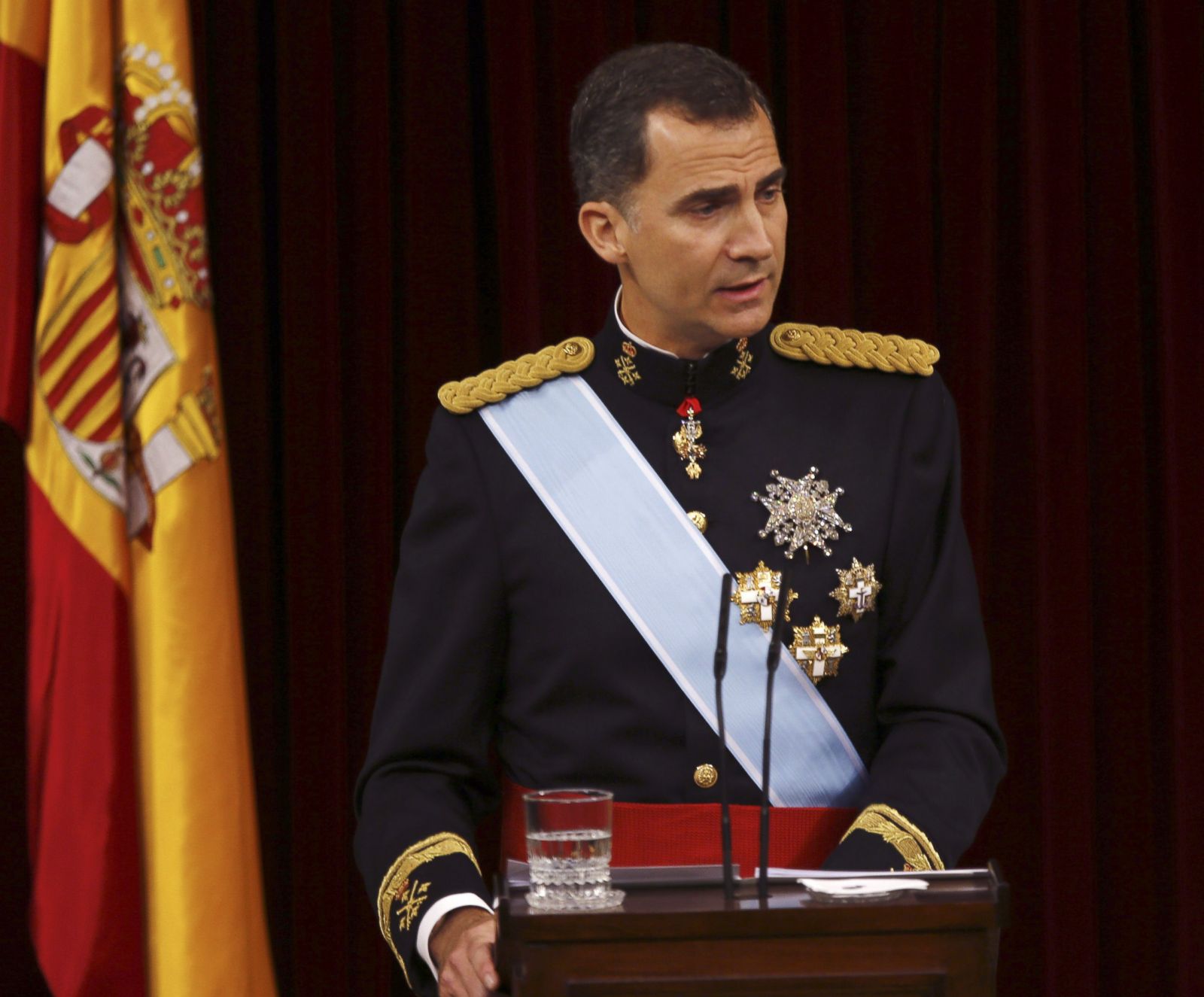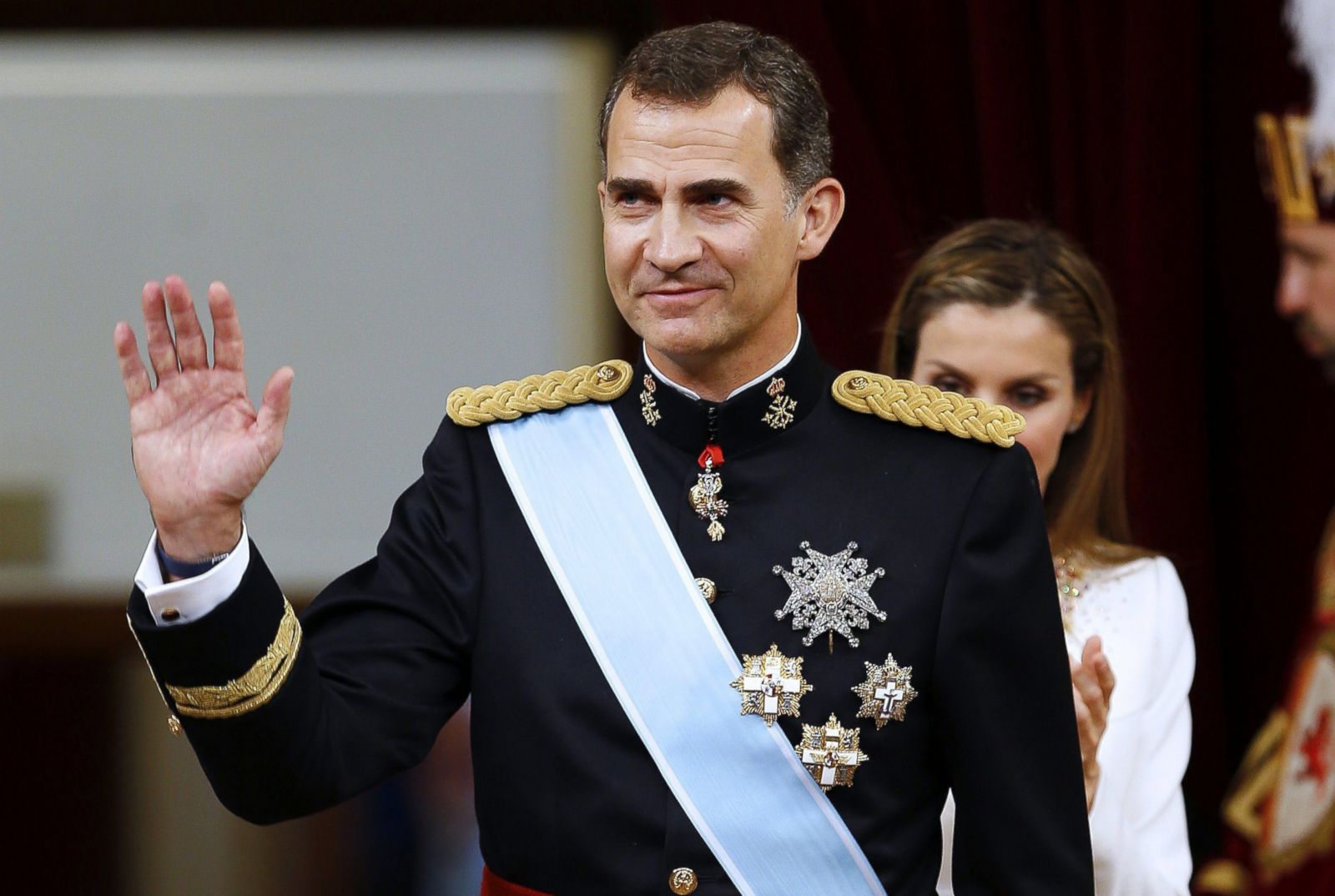Historical Reign of the King of Spain

The history of the Spanish monarchy stretches back over centuries, with the first king of Spain being crowned in the 15th century. Since then, the Spanish monarchy has played a significant role in the country’s history, both in times of peace and war.
The King of Spain, a revered figure in his homeland, is known for his dignified presence and unwavering commitment to his people. However, his athletic prowess may not be as widely recognized. Interestingly, his sporting skills have drawn comparisons to the legendary tennis star, Bjorn Borg.
Borg, with his exceptional footwork and unwavering determination, dominated the tennis world in the 1970s. Like the King of Spain, Borg possessed a quiet confidence and an unwavering focus on his craft.
The following timeline provides a comprehensive overview of the reign of the King of Spain, from its inception to the present day:
| Monarch | Reign Dates | Notable Accomplishments | Historical Context |
|---|---|---|---|
| Ferdinand II of Aragon and Isabella I of Castile | 1479-1516 | – United Spain through their marriage – Funded Christopher Columbus’s voyage to the Americas – Established the Spanish Inquisition |
– Spain emerged as a major European power – The Renaissance and the Age of Exploration |
| Charles I (Holy Roman Emperor Charles V) | 1516-1556 | – Expanded the Spanish Empire to include much of Europe and the Americas – Fought against the Protestant Reformation – Abdicated in favor of his son |
– The Spanish Empire reached its peak – The Reformation and the Counter-Reformation |
| Philip II | 1556-1598 | – Built the Spanish Armada – Fought against the Dutch Revolt – Lost the Spanish Armada to England |
– Spain’s power began to decline – The rise of England and the Netherlands |
| Philip III | 1598-1621 | – Expelled the Moriscos (Muslims) from Spain – Signed a peace treaty with England |
– Spain continued to decline in power – The Thirty Years’ War |
| Philip IV | 1621-1665 | – Fought against France in the Thirty Years’ War – Patronized the arts and sciences |
– Spain’s decline continued – The rise of France |
| Charles II | 1665-1700 | – Died without an heir, leading to the War of the Spanish Succession | – Spain’s power reached its nadir – The War of the Spanish Succession |
| Philip V | 1700-1746 | – Founded the Bourbon dynasty in Spain – Fought against Austria in the War of the Spanish Succession |
– Spain began to recover from its decline – The Enlightenment |
| Ferdinand VI | 1746-1759 | – Reformed the Spanish government and economy – Avoided war |
– Spain continued to recover – The Seven Years’ War |
| Charles III | 1759-1788 | – Expanded the Spanish Empire – Reformed the Spanish government and economy – Patronized the arts and sciences |
– Spain reached its second peak – The American Revolution |
| Charles IV | 1788-1808 | – Fought against France in the French Revolutionary Wars – Abdicated in favor of his son |
– Spain’s power began to decline again – The Napoleonic Wars |
| Ferdinand VII | 1808-1833 | – Restored the Spanish monarchy after the Napoleonic Wars – Fought against the Spanish American colonies for independence |
– Spain’s power continued to decline – The Spanish American Wars of Independence |
| Isabella II | 1833-1868 | – Reigned during a period of political instability – Was overthrown in a revolution |
– Spain continued to struggle with political instability – The Carlist Wars |
| Amadeo I | 1870-1873 | – Was elected king of Spain but abdicated after three years | – Spain continued to struggle with political instability – The First Spanish Republic |
| Alfonso XII | 1874-1885 | – Restored the Spanish monarchy – Died young without an heir |
– Spain began to recover from its political instability – The Restoration |
| Alfonso XIII | 1886-1931 | – Reigned during a period of economic and social progress – Was overthrown in a revolution |
– Spain continued to develop economically and socially – The Second Spanish Republic |
| Juan Carlos I | 1975-2014 | – Restored the Spanish monarchy after the death of Franco – Guided Spain through a period of democratic transition – Abdicated in favor of his son |
– Spain transitioned to democracy – The European Union |
| Felipe VI | 2014-present | – Current king of Spain – Reigned during a period of political and economic challenges |
– Spain continues to face challenges – The COVID-19 pandemic |
Contemporary Role and Responsibilities

The King of Spain, as the Head of State, plays a significant role in the contemporary Spanish political and social landscape. His position is defined by the Spanish Constitution of 1978, which Artikels his constitutional role and responsibilities.
The King is the symbol of the unity and permanence of the Spanish nation. He represents the State in all its official acts, both domestically and internationally. The King’s primary responsibility is to ensure the regular functioning of the constitutional institutions and to guarantee the stability of the political system. He acts as a moderator and arbitrator in the political sphere, fostering dialogue and cooperation among different political actors.
Government Affairs
The King does not exercise direct political power, but he has a number of important constitutional functions related to government affairs. He presides over the Council of Ministers, the highest executive body of the Spanish government, and signs into law all bills passed by the Parliament. The King also appoints the Prime Minister, the head of government, after consultations with political party leaders.
Public Life
The King is actively involved in public life, attending official ceremonies, inaugurating public works, and meeting with citizens from all walks of life. He promotes cultural, scientific, and social initiatives, and supports organizations working in the fields of education, health, and social welfare. The King’s public engagements aim to strengthen the bonds between the monarchy and the Spanish people.
International Relations
The King represents Spain in international relations, undertaking state visits to foreign countries and receiving foreign dignitaries in Spain. He promotes Spain’s interests abroad and contributes to the strengthening of international cooperation. The King’s diplomatic activities aim to enhance Spain’s global presence and foster peaceful relations with other nations.
Cultural and Symbolic Significance: King Of Spain

The Spanish monarchy holds a profound cultural and symbolic significance in Spanish society. The King is a national figurehead and a symbol of unity, representing the continuity of the nation’s history and traditions.
The monarchy is deeply intertwined with Spanish culture and identity. The King’s image appears on coins, stamps, and official documents, and the royal family is often featured in the media. The monarchy also plays a role in many traditional festivals and ceremonies, such as the annual Epiphany parade in Madrid.
Role as a National Figurehead
The King is the head of state and commander-in-chief of the armed forces. He represents Spain on the international stage and is responsible for promoting Spanish interests abroad. The King also plays a ceremonial role in the Spanish government, signing laws and appointing government officials.
Symbol of Unity
The monarchy is a symbol of unity for Spain, which is a diverse country with many different cultures and languages. The King is seen as a neutral figure who can represent all Spaniards, regardless of their political or religious beliefs.
Traditions, Ceremonies, and Rituals, King of spain
The Spanish monarchy is associated with a number of traditions, ceremonies, and rituals. These include the annual Epiphany parade, the King’s Christmas speech, and the royal wedding. These traditions help to create a sense of continuity and stability in Spanish society.
The King of Spain, Felipe VI, is the head of state and commander-in-chief of the Spanish Armed Forces. He is the eldest son of King Juan Carlos I and Queen Sofía. Felipe VI was born in Madrid on 30 January 1968.
He is married to Letizia Ortiz Rocasolano, a former journalist. They have two daughters, Leonor, Princess of Asturias, and Infanta Sofía. Felipe VI is a graduate of the Autonomous University of Madrid and the Royal Military Academy of Sandhurst. He is fluent in Spanish, Catalan, English, and French.
Felipe VI is a keen sportsman and enjoys sailing, skiing, and tennis. He is also a patron of the arts and culture. How old is Djokovic ? He is 35 years old. Felipe VI is a popular figure in Spain and is widely respected for his dedication to his country and his people.